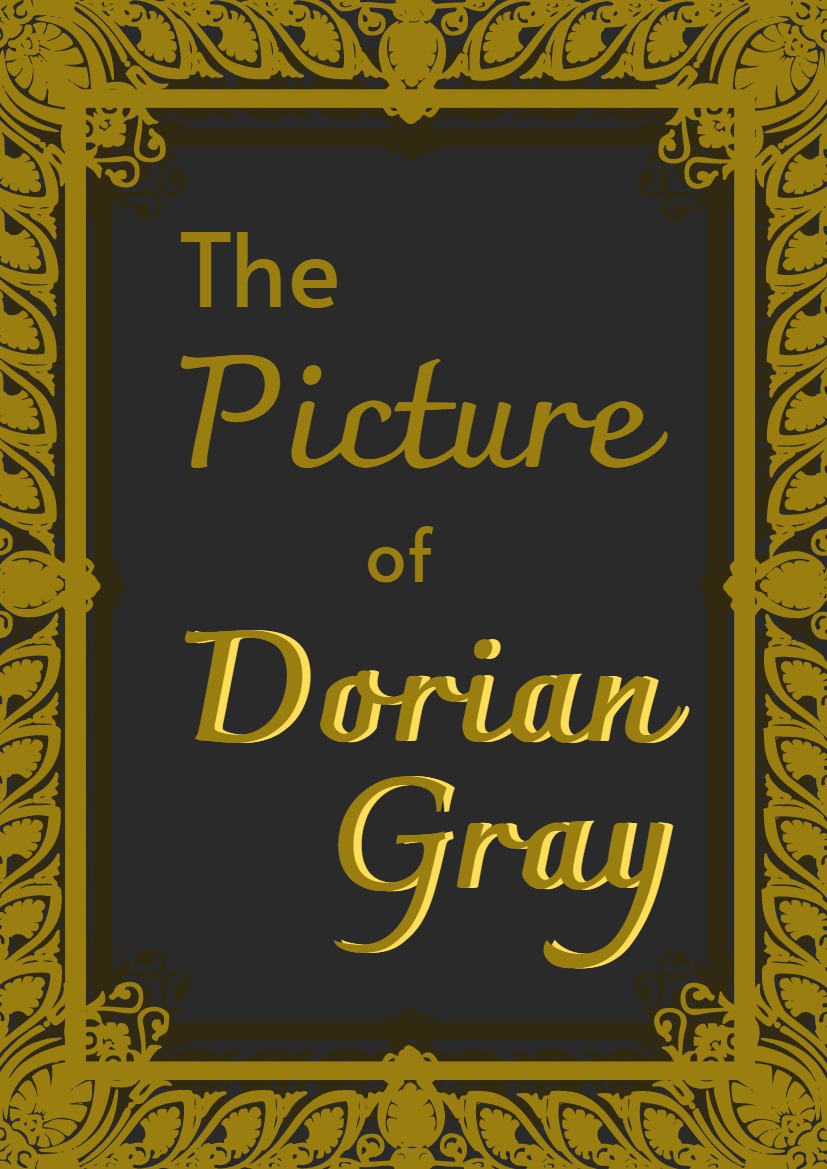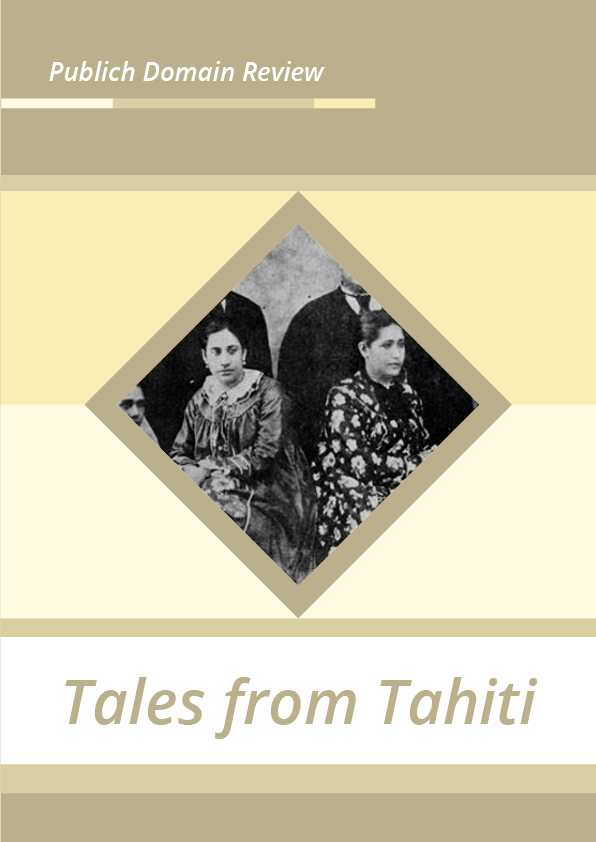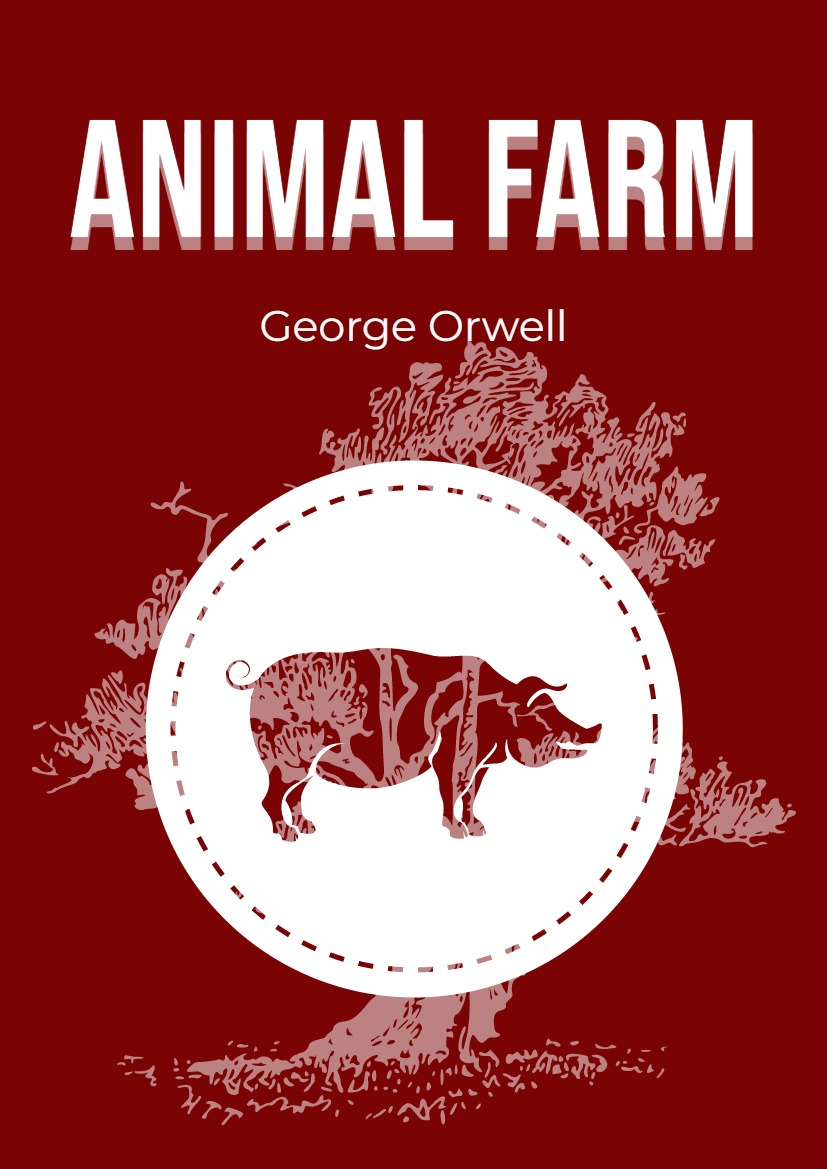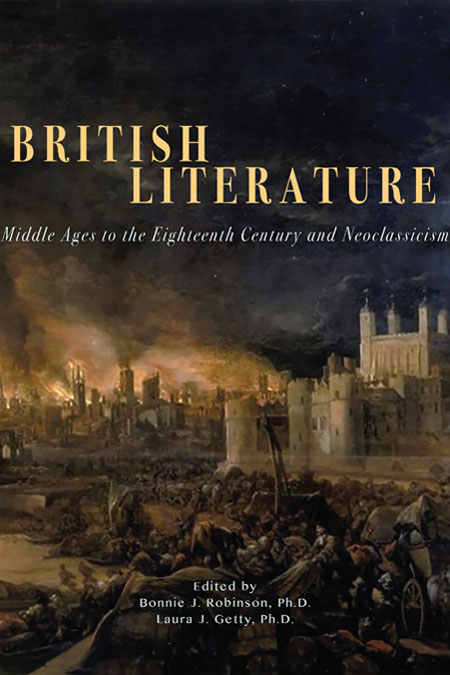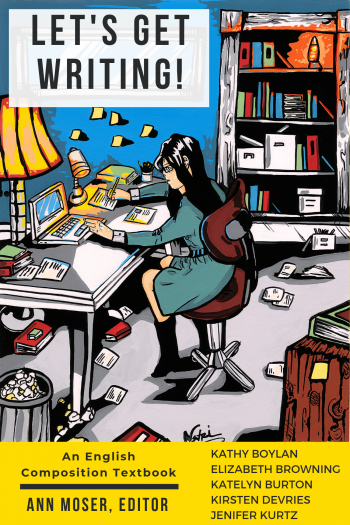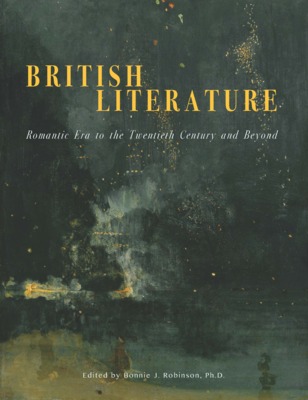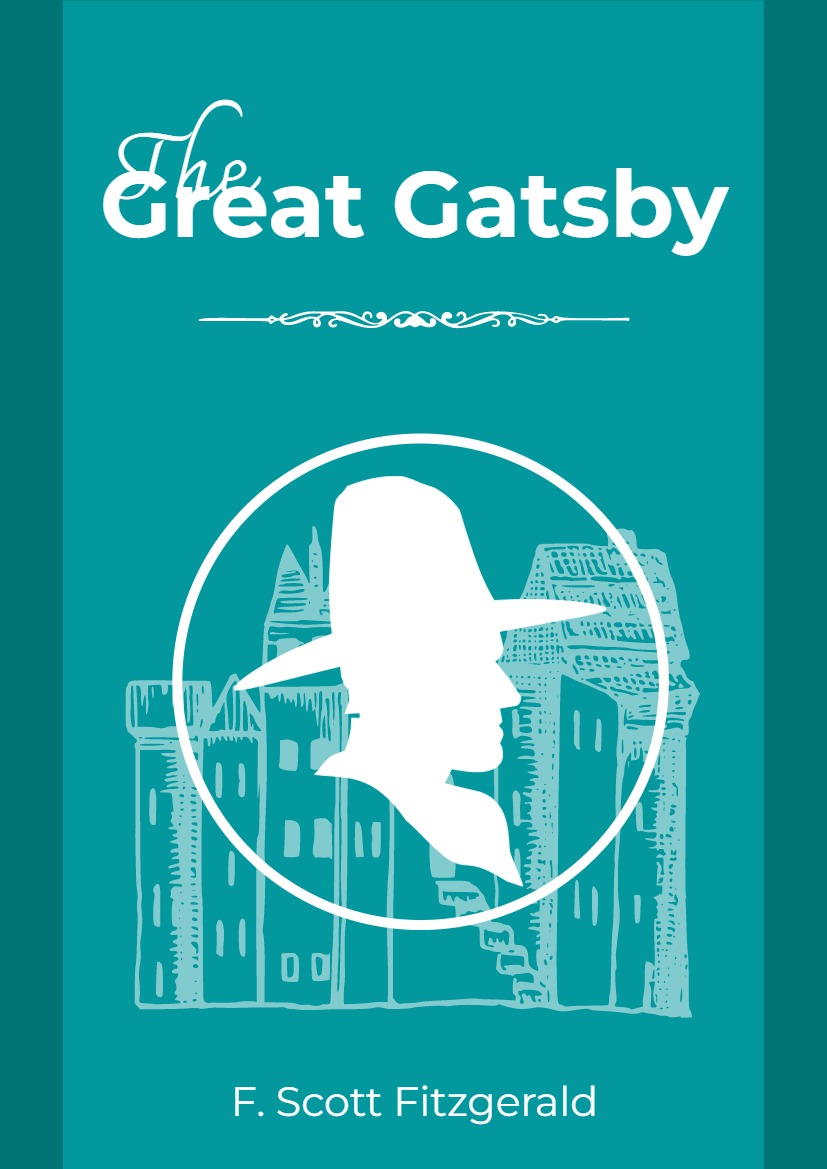Details Of The Book
Title: The Picture of Dorian Gray
Author: Oscar Wilde
Publication: First published in 1890
About The Author
Oscar Fingal O’ Flahertie Wills Wilde (16 October 1854 – 30 November 1900) was an famous Irish playwright with the creation of his works from the 19th century. The most widely known of his works is “The Picture of Dorian Gray”.
About The Story
Main Characters
- Dorian Gray – a handsome, self-absorbed young man – is enchanted by Lord Henry’s “new” hedonism. He indulges in every pleasure and almost every “sin”, studying its effects on him.
- Basil Hallward – a deeply moral man, painter of portraits, obsessed with Dorian, whose patronage realized his potential as an artist. Dorian Gray’s paintings are Basil’s masterpieces.
- Lord Henry “Harry” Wotton – a tyrannical aristocrat, a decadent playboy who believed in a philosophy of self-indulgent hedonism. Initially a friend of Basil, he neglects him for the sake of Dorian’s beauty.
- Sybil Vane – a talented actress and singer, she is a beautiful girl from a poor family, with whom Dorian falls in love. Her love for Dorian destroys her ability to act, as she no longer finds pleasure in portraying fictional love, as she is now experiencing real love in her life. Upon learning that Dorian no longer loves her, she commits suicide by taking poison; at this point, Lord Henry compares her to Ophelia in Hamlet.
- James Vane – Sybil’s younger brother, a sailor who travels to Australia. He is very protective of his sister, especially since their mother only cares about Dorian’s money. Believing that Dorian intends to harm Sibyl, James hesitates and promises to take revenge on Dorian if any harm comes to Sibyl. After Sibyl’s suicide, James becomes obsessed with killing Dorian and stalks him, but a hunter accidentally kills James.
- Alan Campbell – a chemist and former friend of Dorian’s – ends their friendship when Dorian’s reputation for debauchery devalues it. Dorian blackmails Alan into destroying the body of the murdered Basil Hallward; Campbell later shoots himself.
- Lord Fermor – Lord Henry’s uncle, who tells his nephew, Lord Henry Wotton, about Dorian Gray’s family lineage.
- Adrian Singleton – A young friend of Dorian’s who apparently introduced him to opium, which induced him to forge a check that left him completely abandoned by his family and society.
- Victoria, Lady Henry Wotton – Lord Henry’s wife, whom he disdained; she later divorced him.
Plot Summary
On a beautiful summer’s day in Victorian England, Lord Henry Wotton, a man of great initiative, is observing the sensitive artist Basil Hallward painting a portrait of Dorian Gray, the handsome young man who was Basil’s ultimate muse. While sitting and painting, Dorian listens as Lord Henry trumpets his hedonistic worldview and comes to believe that beauty is the only aspect of life worth pursuing, prompting Dorian to hope that his portrait will grow old instead.
Under the influence of Lord Henry’s hedonism, Dorian explored his own sex appeal to the fullest. He discovers the actress Sibyl Vane, who performs Shakespearean plays in a raucous working-class theater. Dorian approaches and pursues her, and soon proposes marriage. Enchanted, Sibyl calls him “Prince Charming” and revels in the happiness of being loved, but her protective brother James warns that he will murder “Prince Charming” if he hurts her.
Dorian invites Basil and Lord Henry to see Sibyl perform Romeo and Juliet. Sibyl performs poorly because she is so infatuated with Dorian, which leads both Basil and Lord Henry to believe that Dorian is in love with Sibyl because of her beauty rather than her acting talent. Embarrassed, Dorian rejects Sibyl, telling her that acting is her beauty; without it, she no longer interests him. Back home, Dorian notices that the portrait has changed; his wish has come true, and the portrait is full of cruelty with a subtle sneer.
Feeling conscience-stricken and lonely, Dorian decides to reconcile with Sibyl, but he is too late, as Lord Henry tells him that Sibyl has committed suicide. Dorian then realizes that desire and beauty are enough for his path in life. Dorian locks up the portrait and spends the next 18 years experimenting with various vices influenced by a morally poisonous French novel given to him by Lord Henry Wotton.
One evening, before leaving for Paris, Basil goes to Dorian’s house to ask him about his rumors of self-indulgent sensualism. Dorian does not deny his debauchery, and takes Basil to see the painting. The painting had become so ugly that Basil could only recognize it as his by his signature on all the portraits. Basil was horrified and pleaded with Dorian to pray for his salvation. In his anger, Dorian blamed Basil for his own fate and stabbed him to death. Dorian then calmly blackmails an old friend, scientist Alan Campbell, into using his knowledge of chemistry to destroy Basil Hallward’s body. Allen later commits suicide.
To escape guilt, Dorian goes to an opium house where, unbeknownst to Dorian, James Vane is also present. Since Sibyl’s suicide, James has been seeking revenge against Dorian, but has no leads to follow, as the only thing he knows about Dorian is what Sibyl calls him, “Prince Charming”. However, in the smokehouse, he hears someone refer to Dorian as “Prince Charming,” so he accosts Dorian. Dorian deceives James, saying that he is too young to have known Sybil, who committed suicide 18 years earlier, because his face is still that of a young man. James agrees and releases Dorian, but then a woman from an opium smokehouse approaches and blames James for not killing Dorian. She confirms that the man is Dorian Gray, and explains that he hasn’t aged in 18 years. James runs after Dorian, but he is gone.
James then begins to stalk Dorian, causing Dorian to fear for his life. However, during a shooting competition, a hunter accidentally kills James Vane, who is lurking in the bushes. Upon his return to London, Dorian tells Lord Henry that he will live a life of integrity from now on. His new integrity begins by deliberately not breaking the heart of the naive Hetty Merton, the object of his current affection. Dorian wonders if his newfound goodness has undone the corruption in the photograph, but when he looks at it, he sees only an uglier image of himself. Thus, Dorian understands that his true motive for his self-sacrificing moral transformation is his vanity and curiosity in pursuit of new experiences, but also to restore the beauty in the picture.
Deciding that only a full confession could absolve him of his wrongdoing, Dorian decided to destroy the last vestiges of his conscience and the only evidence of his guilt; the painting. In a fit of rage, he took the knife that had killed Basil Hallward and stabbed the painting. The servants in the house awoke to the sound of cries coming from the locked room; in the street, a passerby also heard the cries and called the police. Upon entering the locked room, the servants found an unknown old man who had been stabbed in the heart, his body withered and weakened. The servants could only identify the disfigured corpse as Dorian by the ring on his finger, and the portrait beside him was so beautiful.
